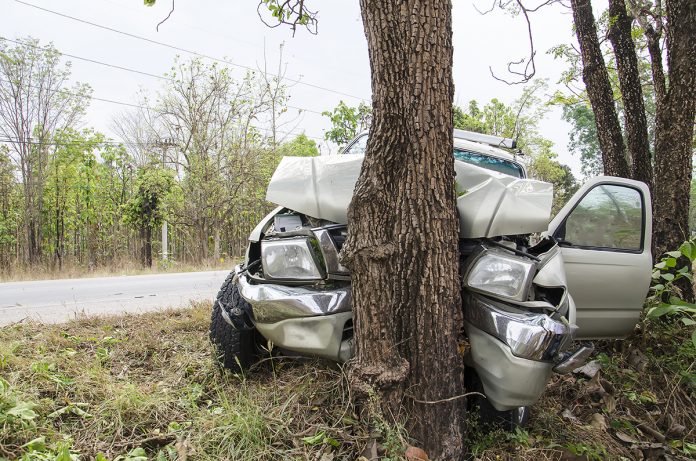Andy Walters, managing director of vehicle tracking provider Quartix, describes how to redefine speed limits for your fleet and improve safety out on the roads. The idea behind his unique research received the 2018 Queens Award for Enterprise in Innovation
Drivers at every construction company travel considerable distances to reach sites every day and a strong vehicle tracking system can go a long way to encourage safer driving habits.
The majority of UK road deaths happen on rural roads, despite the relatively low volume of traffic they carry. Accidents on these rural roads, however, often occur at speeds below the National Speed Limit, which raises the question – what is a safe speed and how can we define it for each road we travel on?
Safe speeds: How far below the legal limit are they?
Average free-flow vehicle speeds on rural roads are distinctively lower than the speed limit. On single carriageways, research shows that only 8% of road users exceed the 60mph limit. With far fewer cases of speeding seen on the roads with the highest fatality rates, the need for a stronger, more robust safety measure than the legal speed limit was a clear focus for us at Quartix.
Drivers must ‘read the road’. The appropriate speed for any given road depends on its context, layout, width, surface, contour, conditions and time of day. Adherence to speed limits is a not a sufficient reflection of a driver’s safety, particularly on rural roads where data shows a disproportionate rate of fatal accidents at speeds well within the legal limit. You only need to drive on a rural road to see that the safe speed for most of that road is not 60mph – bends, of which there are usually many, will require you to slow down to below 30mph.
We tasked ourselves with answering this critical question – what is a safe speed? – and developed a formula to redefine speed parameters for UK road users. Quartix is proud to provide a strong benchmark for safety based on real traffic data, which concentrates on the mean speed distribution of free-flowing traffic.
The importance of mean traffic flow
Evidence suggests a driver’s risk of suffering an accident increases exponentially as they deviate above the mean speed of moving vehicles on a specific stretch of road. Our SafeSpeed Database analyses that mean speed to determine a more appropriate limit to class as “safe”.
We collect over 30m data points each day from 100,000 experienced drivers and then match them against more than 2m sections of the UK road network. This allows us to define mean speeds and offer a better measure of risk, enabling managers to engage with their fleets and encourage safer driving behaviour.
Putting the theory into practice: Improving your safety metrics
The system we provide is simple. A green score is awarded for any speed below the mean and speeds ranking above 75% are marked in red and identified as dangerous.
Our customers span from construction business and public sector organisations, through to trades and deliveries. All have found that using this insight and encouraging safer speeds not only addresses the most significant danger that their drivers face, but also:
Reduces the number of accidents by 5-20%.
Reduces liability and costs of accidents by 10%.
Reduces fuel costs by 25%.
To read the full report, download the Quartix SafeSpeed whitepaper at www.quartix.net/learn/safespeed-database/

Quartix Limited
Tel: 01686 807 607
*Please note: this is a commercial profile.







![[Video] Fireco: 80 new fire doors required for residential flats in London](https://www.pbctoday.co.uk/news/wp-content/uploads/2025/04/2024-06-01-Lords-view-one_1200x750_004-218x150.webp)






